1 Introduction
2 Hardware migration
Table 1. STM32 F1 series and STM32 F2 series pinout differences
Figure 1. Compatible board design: LQFP144
Figure 2. Compatible board design: LQFP100
Figure 3. Compatible board design: LQFP64
3 Peripheral migration
3.1 STM32 product cross-compatibility
Table 2. STM32 peripheral compatibility analysis F1 versus F2 series
3.2 System architecture
3.2.1 32-bit multi-AHB bus matrix
Figure 4. STM32 F2 series system architecture
3.2.2 Adaptive real-time memory accelerator (ART Accelerator™)
3.2.3 Dual SRAM
3.3 Memory mapping
Table 3. IP bus mapping differences between STM32 F1 and STM32 F2 series
3.4 RCC
Table 4. RCC differences between STM32 F1 and STM32 F2 series
Table 5. Example of migrating system clock configuration code from F1 to F2 series
Table 6. RCC registers used for peripheral access configuration
3.5 DMA
Table 7. DMA request differences between STM32 F1 series and STM32 F2 series
3.5.1 Interrupts
Table 8. Interrupt vector differences between STM32 F1 series and STM32 F2 series
3.6 GPIO
Table 9. GPIO differences between STM32 F1 series and STM32 F2 series
3.6.1 Alternate function mode
3.7 EXTI source selection
3.8 FLASH
Table 10. FLASH differences between STM32 F1 series and STM32 F2 series
3.9 ADC
Table 11. ADC differences between STM32 F1 series and STM32 F2 series
3.10 PWR
Table 12. PWR differences between STM32 F1 series and STM32 F2 series
3.11 RTC
3.12 Miscellaneous
3.12.1 Ethernet PHY interface selection
3.12.2 TIM2 internal trigger 1 (ITR1) remapping
4 Firmware migration using the library
4.1 Migration steps
4.2 RCC
4.3 FLASH
Table 13. STM32F10x and STM32F2xx FLASH driver API correspondence
4.4 GPIO
4.4.1 Output mode
4.4.2 Input mode
4.4.3 Analog mode
4.4.4 Alternate function mode
4.5 EXTI
4.6 DMA
4.7 ADC
4.8 Backup data registers
4.9 Miscellaneous
4.9.1 Ethernet PHY interface selection
4.9.2 TIM2 internal trigger 1 (ITR1) remapping
5 Revision history
Table 14. Document revision history
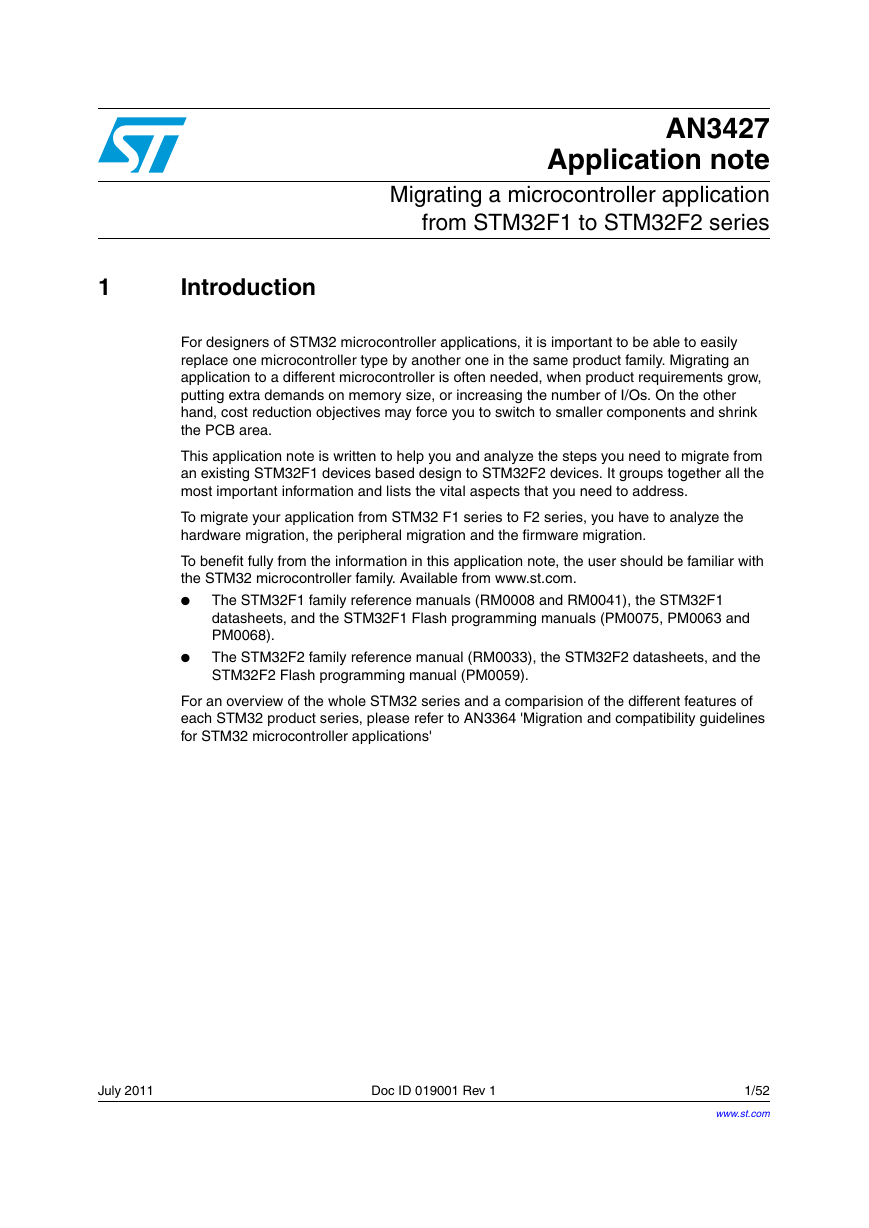
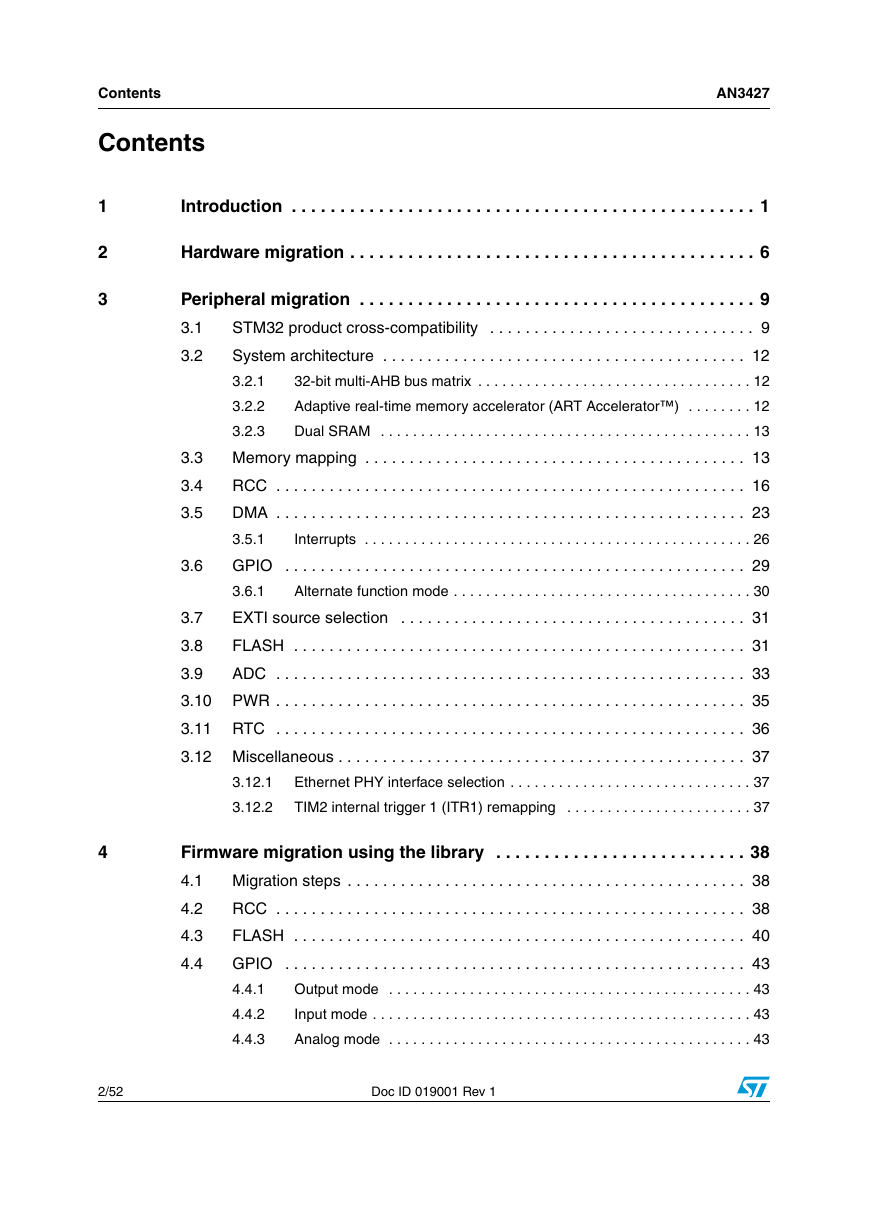
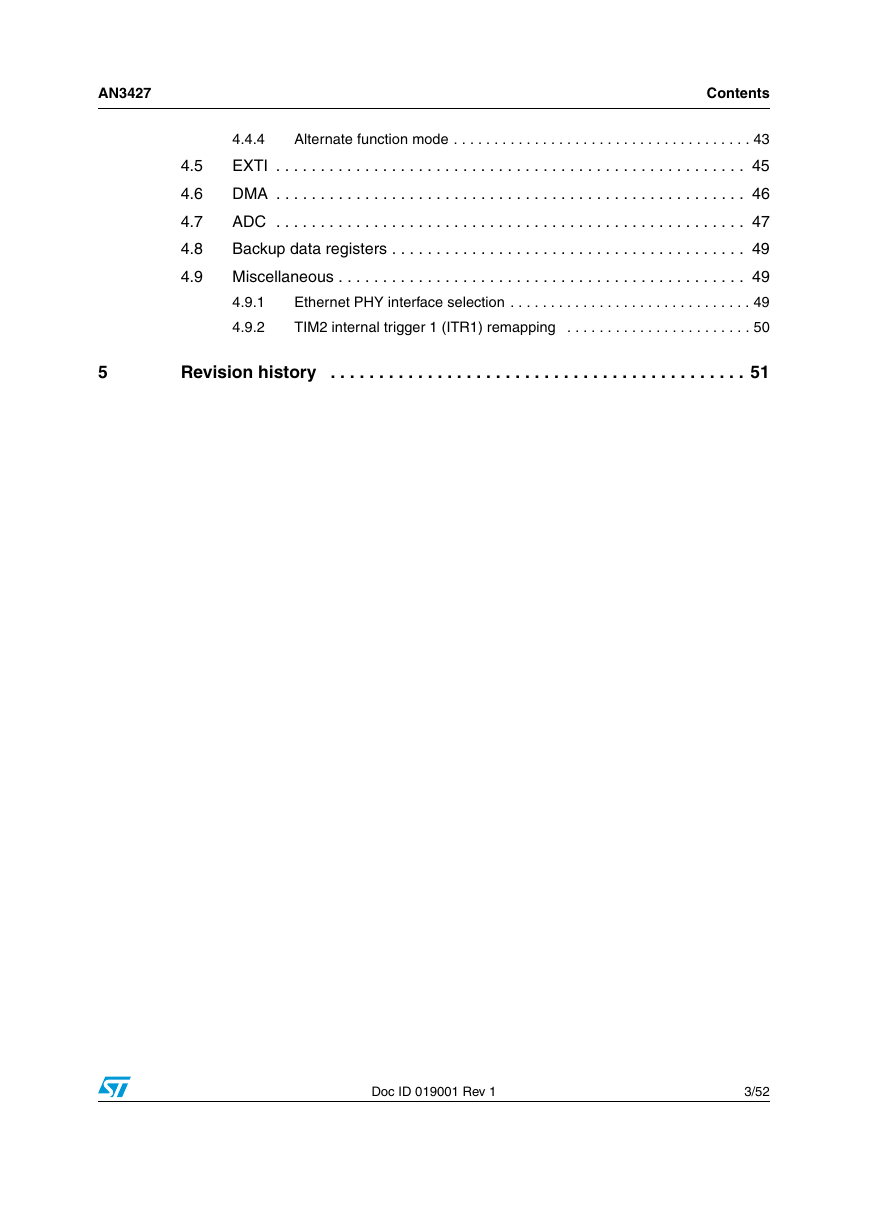
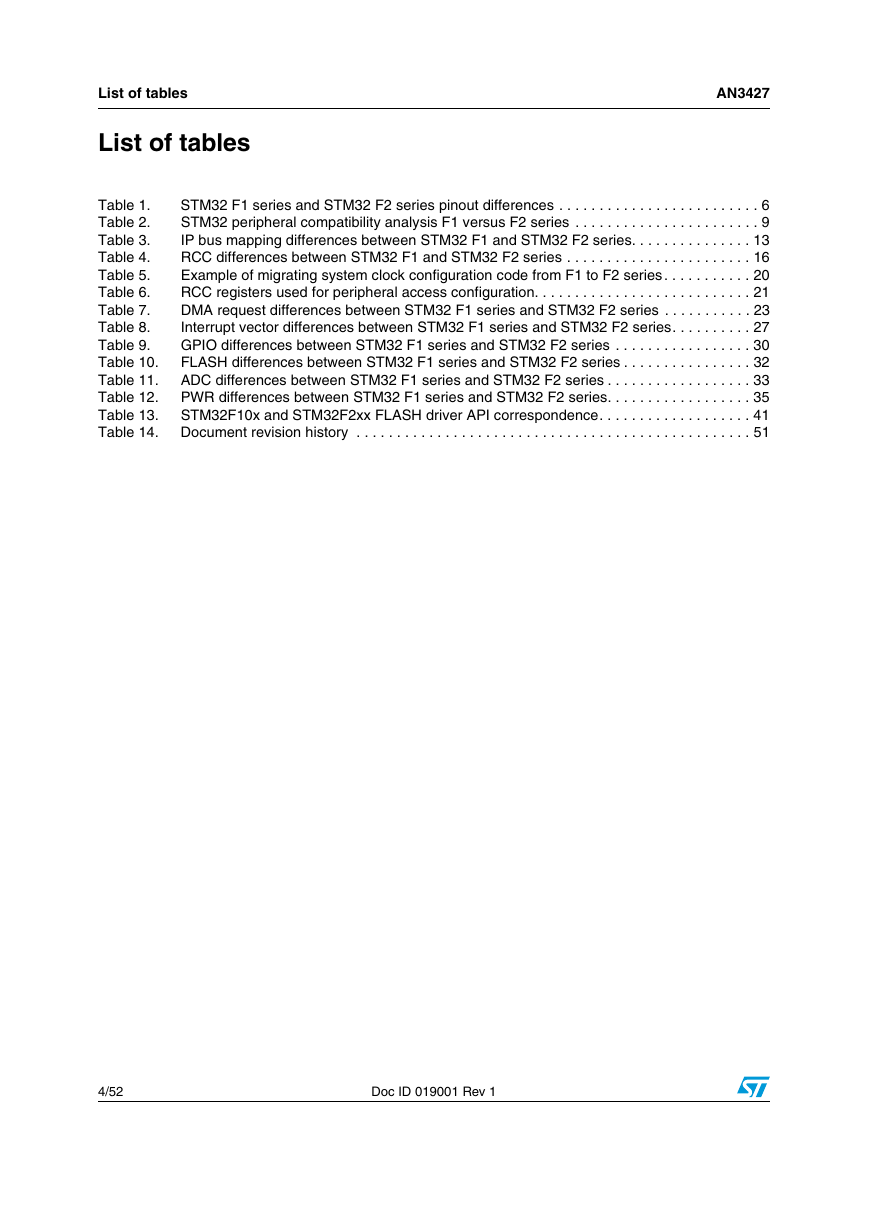

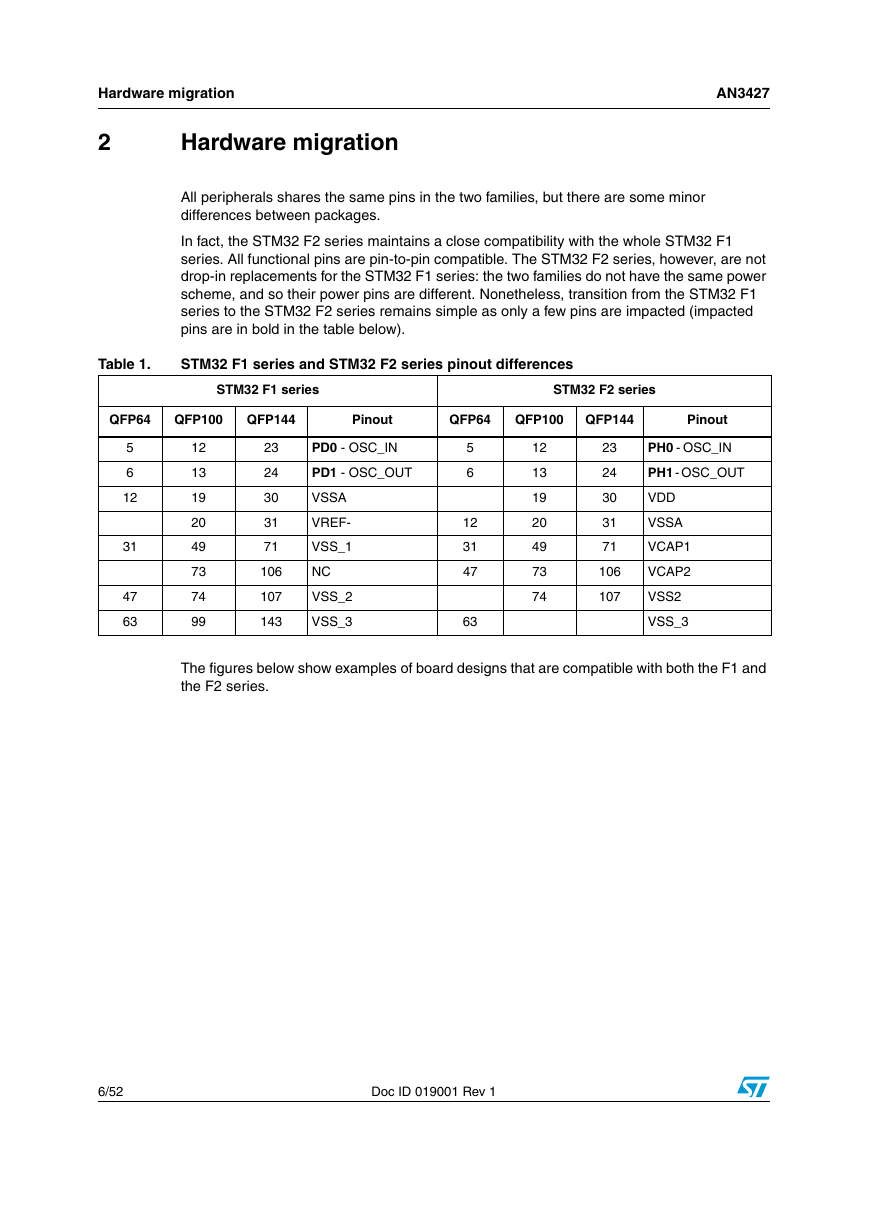
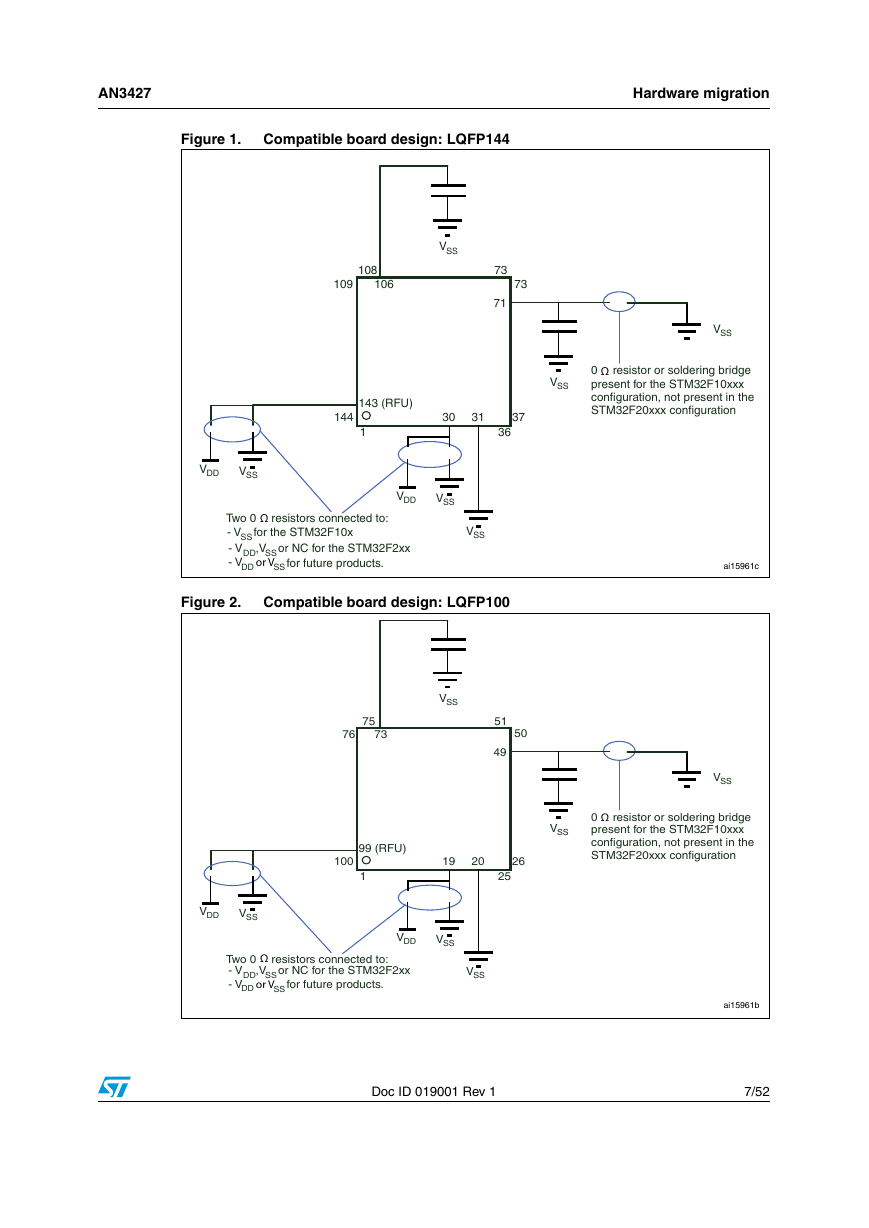
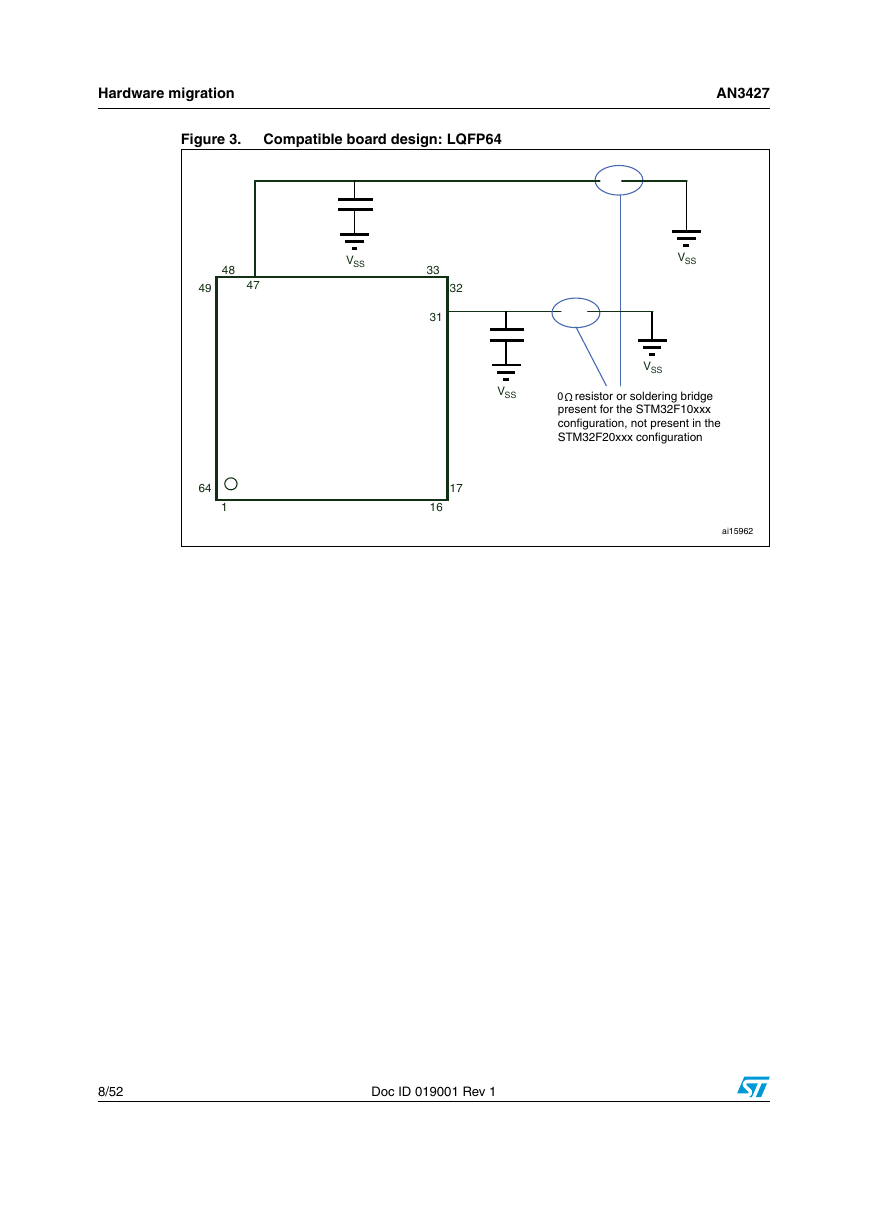








 2023年江西萍乡中考道德与法治真题及答案.doc
2023年江西萍乡中考道德与法治真题及答案.doc 2012年重庆南川中考生物真题及答案.doc
2012年重庆南川中考生物真题及答案.doc 2013年江西师范大学地理学综合及文艺理论基础考研真题.doc
2013年江西师范大学地理学综合及文艺理论基础考研真题.doc 2020年四川甘孜小升初语文真题及答案I卷.doc
2020年四川甘孜小升初语文真题及答案I卷.doc 2020年注册岩土工程师专业基础考试真题及答案.doc
2020年注册岩土工程师专业基础考试真题及答案.doc 2023-2024学年福建省厦门市九年级上学期数学月考试题及答案.doc
2023-2024学年福建省厦门市九年级上学期数学月考试题及答案.doc 2021-2022学年辽宁省沈阳市大东区九年级上学期语文期末试题及答案.doc
2021-2022学年辽宁省沈阳市大东区九年级上学期语文期末试题及答案.doc 2022-2023学年北京东城区初三第一学期物理期末试卷及答案.doc
2022-2023学年北京东城区初三第一学期物理期末试卷及答案.doc 2018上半年江西教师资格初中地理学科知识与教学能力真题及答案.doc
2018上半年江西教师资格初中地理学科知识与教学能力真题及答案.doc 2012年河北国家公务员申论考试真题及答案-省级.doc
2012年河北国家公务员申论考试真题及答案-省级.doc 2020-2021学年江苏省扬州市江都区邵樊片九年级上学期数学第一次质量检测试题及答案.doc
2020-2021学年江苏省扬州市江都区邵樊片九年级上学期数学第一次质量检测试题及答案.doc 2022下半年黑龙江教师资格证中学综合素质真题及答案.doc
2022下半年黑龙江教师资格证中学综合素质真题及答案.doc